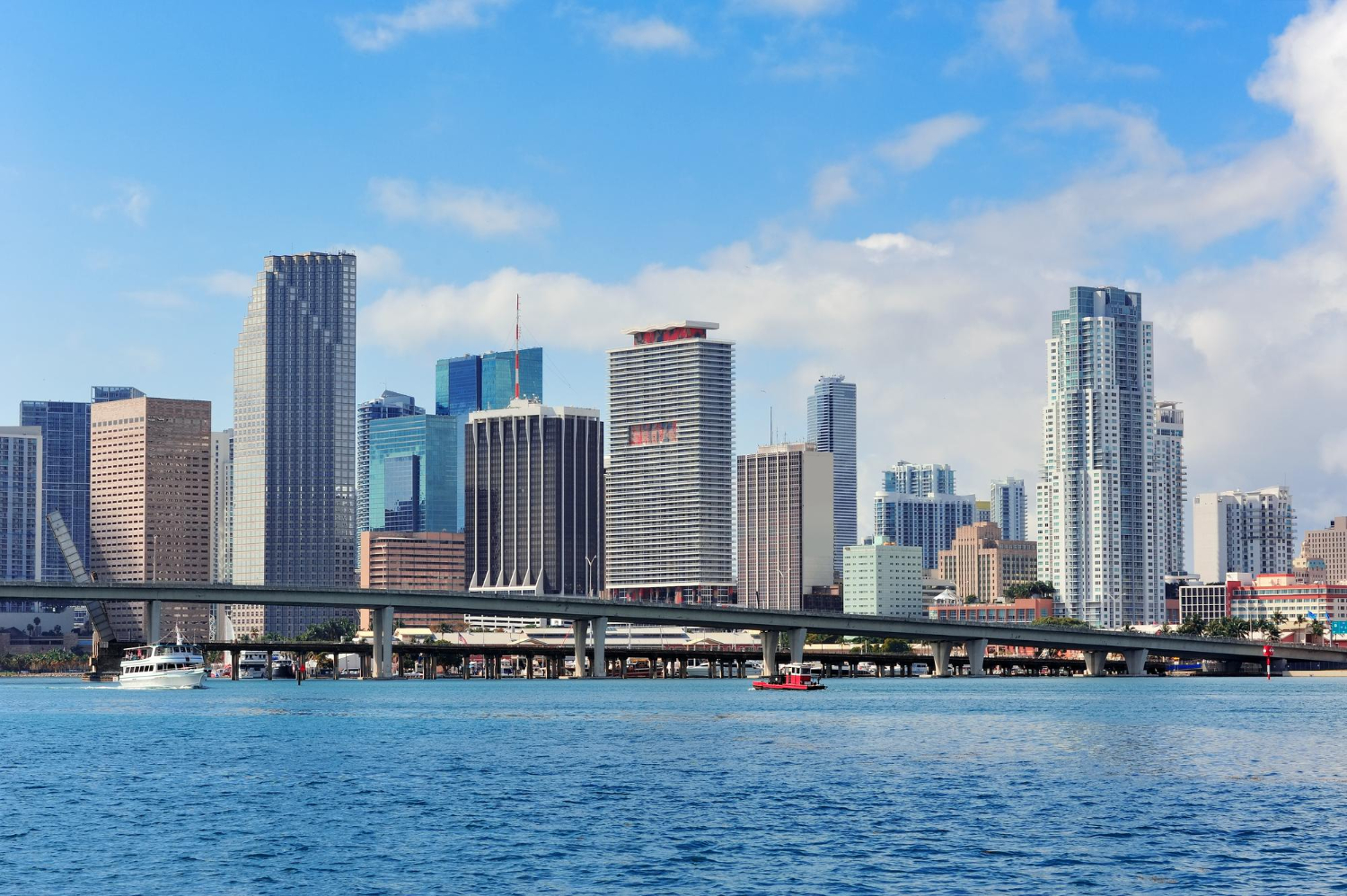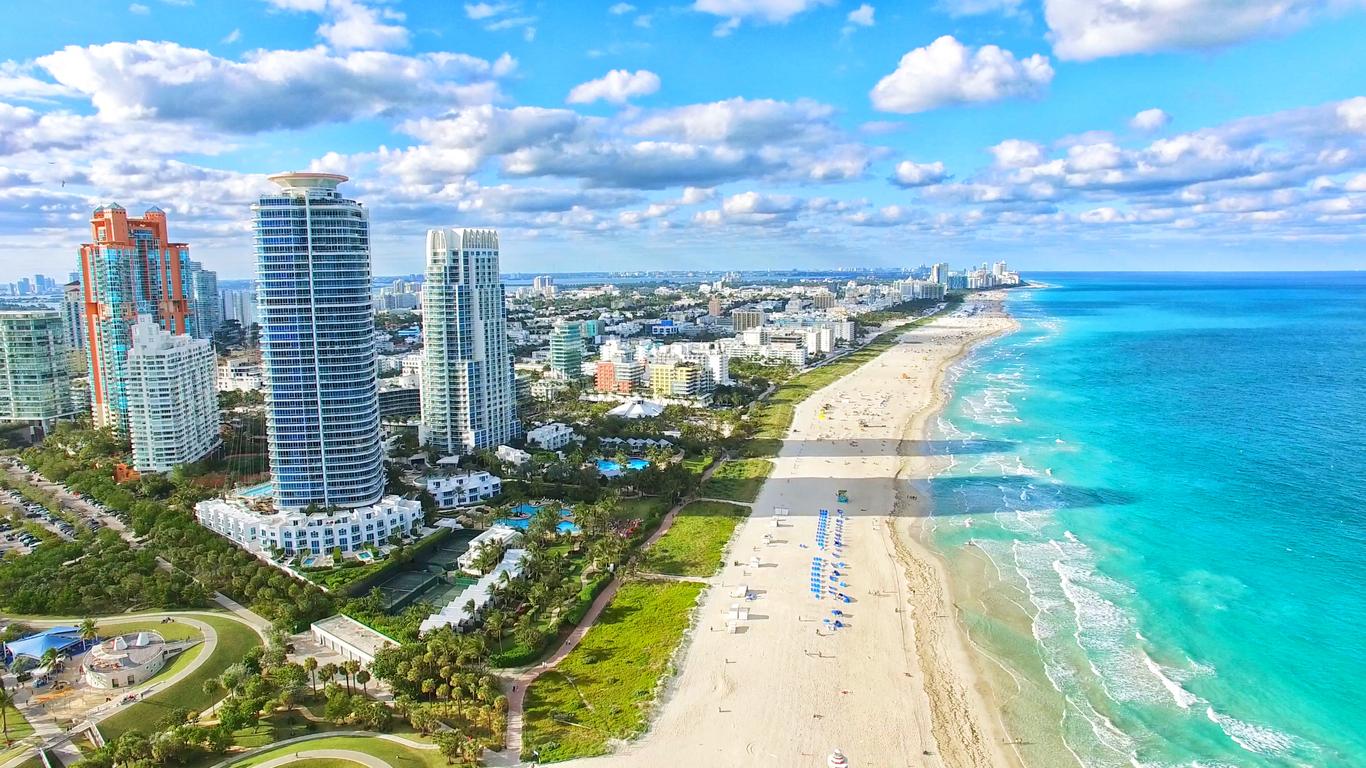Warm weather, looser business regulations and lack of a state income tax continue to draw new residents to Florida
Miami home-price growth slowed but continued its ascent in the first quarter, fueled by persistent demand even as higher mortgage rates pull down housing prices in much of the U.S.
Median prices in Miami-Dade County rose 5.2% during the quarter compared with the same quarter last year, according to Ron Shuffield, president of Berkshire Hathaway Home Services EWM Realty.
The gains offer fresh evidence that Miami’s housing market is poised to remain the strongest of any U.S. city. Miami posted the country’s fastest year-over-year home-price growth at 15.9% in 2022, according to the S&P CoreLogic Case-Shiller Index.
Residents and businesses continue to flock to the Sunshine State—and South Florida in particular—drawn by year-round warm weather, more liberal business regulation and the lack of a state income tax. Florida gained more residents than any other state in 2022, according to the U.S. Census Bureau data, while Miami housing inventory is down by about half compared with the first quarter of 2020.
New Yorkers and other Northeasterners are some of the area’s most active home buyers. Most of the domestic driver-license changes came from New York last year, according to data from the Florida department of motor vehicles. Many of the new arrivals, accustomed to the steep real-estate prices of New York City and its suburbs, helped bid up home prices and rents in Miami.
Even so, some economists are forecasting that Miami’s housing market will hold its price gains better than most anywhere else. The lack of inventory and Miami-Dade County’s strong job growth mean that home values in the area are more likely to remain stable or increase at a single-digit pace rather than decline, said Gay Cororaton, the chief economist at the Miami Association of Realtors.
A January Goldman Sachs report predicted that once-hot markets such as Austin, San Francisco and Seattle would post double-digit price decreases in 2023, while Miami’s market will be essentially flat.
In February, the number of newly signed contracts in Miami-Dade surged 91.8% to the highest level in 3½ years, according to a report from Douglas Elliman.
Dale Chapman Webb in February listed her recently renovated three-bedroom home in tony Coral Gables at a price that was more than double what she paid in 2016. To her surprise, it sold within two days. “I thought for sure the market was cooling off a bit,” Ms. Webb said.
The regional banking crisis that roiled commercial real estate also caused some residential sales activity in Miami to slow as loans became harder to come by. Demand for ultraluxury housing, where buyers can often pay all-cash, was less affected, said Danny Hertzberg, founding member at the Jills Zeder Group, which is affiliated with Coldwell Banker Realty.
“Our market has caught up and exceeded some of the strongest markets in the country,” he said. “I think it speaks to the transformation of the city.”
“Housing prices in South Florida have been reset to a higher level,” said Jonathan Miller, a market analyst and author of Douglas Elliman’s Miami report.
By Deborah Acosta, WSJ.


